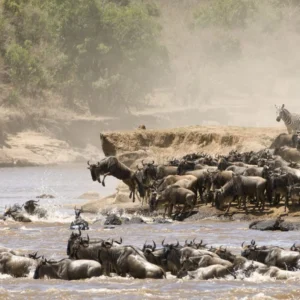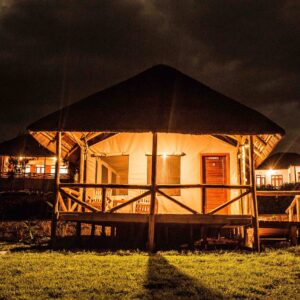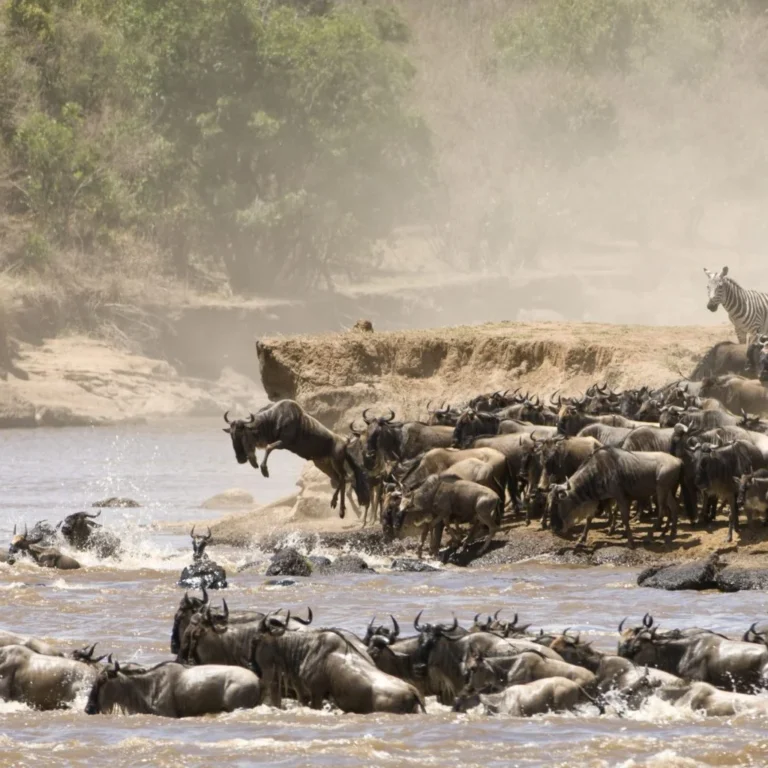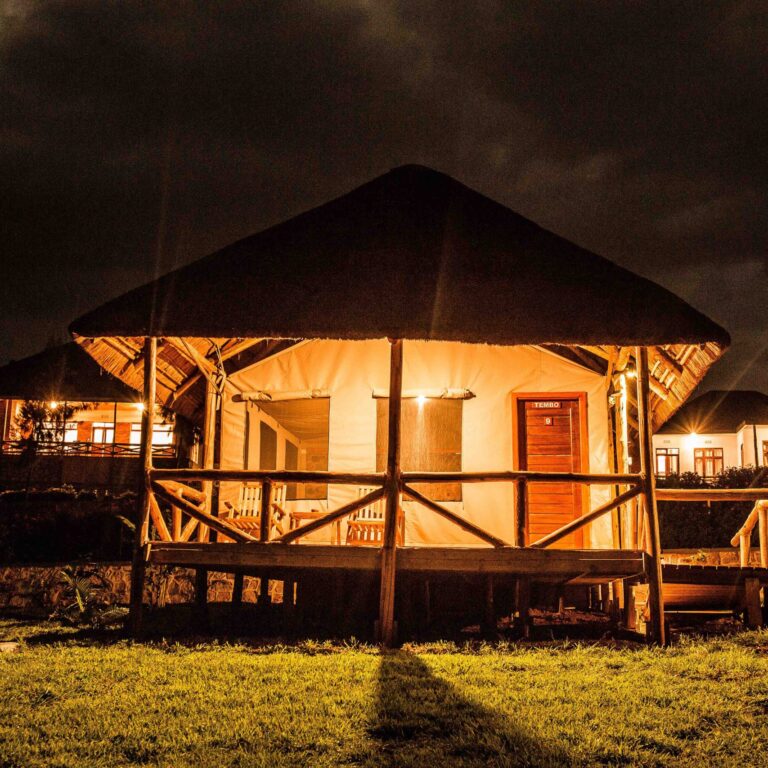The Serengeti National Park, a vast and iconic wilderness in Tanzania, a place where the wild heart of Africa beats with an incredible rhythm. Common animals in Serengeti National Park. Its endless plains, dotted with acacia trees and granite kopjes, teem with a diversity of life that is unparalleled. A safari here is more than just a trip; it’s a journey into a natural world that remains largely untamed.
Serengeti National Park, renowned for its incredible biodiversity, particularly its large populations of iconic African animals. Common animals include the Great Migration’s wildebeest, zebras, and gazelles, as well as predators like lions, leopards, and cheetahs. Other notable inhabitants include elephants, giraffes, buffalo, hippos, hyenas, and various antelope species. From the mighty predators to the graceful grazers, the Serengeti’s animal kingdom a spectacle of survival and coexistence. Here, we delve into the lives of 21 of the most common and fascinating animals you can encounter in this magnificent park.
1. African Elephant (Loxodonta africana)
The largest land animal on Earth, the African Elephant, a symbol of power and intelligence common animal in Serengeti National Park. These majestic pachyderms roam in matriarchal herds, their rumbling calls echoing across the savanna. With their massive tusks, impressive trunks, and wise eyes, they are a truly awe-inspiring sight. In the Serengeti, you can often see family groups marching in single file, their calves playfully testing their strength. The African elephant is the largest land animal on Earth. These gentle giants roam the Serengeti in family herds led by a matriarch. They play a vital role in maintaining the ecosystem by creating water holes and clearing pathways in the dense vegetation.
2. Lion (Panthera leo)
The undisputed king of the Serengeti, the Lion, powerful and social predator among common animals in Serengeti National Park. Known for their iconic manes and commanding roars, they live in prides, with females doing most of the hunting. A sighting of a pride resting under a shady tree or a lioness stalking her prey is a quintessential Serengeti experience. Their presence reminder of the raw power and predatory grace that defines this ecosystem. Often hailed as the “king of the jungle,” lions are a symbol of strength and courage. In the Serengeti, they are usually found lounging in the shade during the day and becoming active hunters at dawn and dusk, often working together in prides to take down prey.
3. Cheetah (Acinonyx jubatus)
The sleek and slender Cheetah fastest land animal, capable of incredible bursts of speed. Its tear-marked face and elegant form make it a photographer’s dream, common animals in Serengeti National Park. Unlike lions, cheetahs are solitary hunters and often rely on their explosive speed to outrun their prey. You can spot them perched on termite mounds, scanning the horizon for a chance to chase down a gazelle. Cheetahs are the fastest land animals, capable of reaching speeds up to 75 mph in short bursts. Their slender bodies and specialized adaptations make them exceptional hunters, primarily targeting small to medium-sized ungulates.
4. Leopard (Panthera pardus)
Elusive and solitary, the Leopard master of camouflage and stealth. These beautiful cats are primarily nocturnal and are often found in trees, where they hoist their kills to keep them safe from other predators. Spotting a leopard requires patience and a sharp eye, making a successful sighting one of the most rewarding moments of a safari. Leopards are elusive and solitary, often seen resting on tree branches with their distinctive spotted coats blending into the dappled light. They are excellent climbers, using trees for both hunting and protection.
5. African Buffalo (Syncerus caffer)
Known for their formidable horns and surly demeanor, the African Buffalo one of the most dangerous animals in Africa. They live in large herds that are to be reckoned with. Their sheer numbers and protective nature make them a formidable opponent, and a large herd on the move is a sight to behold. The African buffalo is a robust and formidable animal. These herd animals are social creatures living in large groups, which protects them from predators. Their unpredictability makes them one of the most dangerous animals in Africa.
6. Black Rhinoceros (Diceros bicornis)
A critically endangered species, the Black Rhinoceros rare and precious sight in the Serengeti. These solitary browsers often elusive, and their numbers are carefully monitored by conservationists. Their hooked upper lip helps them grasp branches and leaves, and a glimpse of this magnificent prehistoric-looking creature is a true privilege. With their two distinctive horns and thick, wrinkled skin, black rhinoceroses sight to behold. Although endangered, conservation efforts in the Serengeti help protect these magnificent creatures, which are often found browsing on shrubs and bushes.
7. Common Warthog (Phacochoerus africanus)
With their comical trot and tufted tails held high, the Common Warthog an endearing sight on the plains. These opportunistic omnivores often seen kneeling on their front legs to graze, and their upturned tusks give them a unique and memorable appearance. Warthogs are easily recognizable due to their large tusks and bristly hair. They prefer open grasslands where they can root for food and are known for their quirky behavior, often seen kneeling on their front knees while feeding.
8. Nile Crocodile (Crocodylus niloticus)
The Nile Crocodile is a formidable prehistoric predator that lurks in the rivers and waterholes of the Serengeti. With their powerful jaws and armored scales, they are the apex predator of the waterways. The sight of a crocodile lying motionless, its eyes just above the water’s surface, stark reminder of the raw and unforgiving nature of the wild. Found lurking in rivers and lakes, the Nile crocodile is a fearsome predator. With powerful jaws and camouflaged skin, they often lie in wait for unsuspecting prey, including fish and birds.
9. Hippopotamus (Hippopotamus amphibius)
Despite their bulky appearance, Hippos are surprisingly agile in the water. These massive semi-aquatic mammals spend most of their day submerged in rivers and pools, emerging at night to graze on the land. A hippo pool, filled with these grunting giants, sensory experience of sounds and sights, with their pink-tinged skin and comical yawns on full display. Spending most of their time submerged in water to keep cool, hippos massive, mostly herbivorous mammals. Their territorial nature makes waterways their domain, where they are seen basking on riverbanks.
10. Giraffe (Giraffa camelopardalis)
The tallest mammal on Earth, the Giraffe icon of the African savanna. With their long necks and distinctive spotted coats, they gracefully browse on the leaves of acacia trees. Their long eyelashes and gentle demeanor make them a favorite among safari-goers, and their towering presence adds a sense of grandeur to the landscape.
11. Plains Zebra (Equus quagga)
Instantly recognizable by their striking black and white stripes, the Plains Zebra is a staple of the Serengeti. These social animals live in herds, and their patterns serve as a form of camouflage against predators. During the Great Migration, thousands upon thousands of zebras join the wildebeest in a breathtaking spectacle of movement and sound.
12. Blue Wildebeest (Connochaetes taurinus)
The very heart of the Great Migration, the Blue Wildebeest ungainly but resilient creature. Their annual pilgrimage across the Serengeti plains in search of water and fresh grazing is one of the world’s most spectacular natural events. Their guttural calls and large numbers create a sense of raw, untamed energy that is unforgettable.
13. Spotted Hyena (Crocuta crocuta)
Often misunderstood, the Spotted Hyena is a highly intelligent and social predator with an incredibly powerful bite. They live in complex clans and are both skilled hunters and efficient scavengers. Their eerie cackling calls and powerful jaws make them a fascinating and formidable part of the ecosystem.
14. Grant’s Gazelle (Nanger granti)
Elegant and graceful, the Grant’s Gazelle common sight on the open plains. With their long, lyre-shaped horns and white rumps, they often seen in small herds. They have a remarkable ability to tolerate dry conditions, allowing them to thrive in the more arid parts of the park.
15. Thomson’s Gazelle (Eudorcas thomsonii)
Smaller and more active than the Grant’s Gazelle, the Thomson’s Gazelle is a favorite prey for cheetahs and other predators. Their distinctive black stripe along their side and their characteristic tail-flicking motion make them easy to identify. Their constant vigilance and skittish movements are a testament to the constant threat of predation on the savanna.
16. African Wild Dog (Lycaon pictus)
A highly social and endangered predator, the African Wild Dog rare and exciting sighting. These painted wolves hunt in packs with a remarkable level of cooperation and communication. Their large, rounded ears and mottled coats make them instantly recognizable, and a successful hunt by a wild dog pack is a demonstration of incredible teamwork.
17. Topi (Damaliscus lunatus)
A statuesque antelope with a reddish-brown coat and dark patches on its legs and face, the Topi often found in large herds. They have a distinctive ‘sentinel’ behavior, where they stand on termite mounds to keep watch for predators. Their elegant horns and sleek form add to the diversity of the plains.
18. Eland (Taurotragus oryx)
The largest of all the antelopes, the Eland is a massive and powerful herbivore. Both males and females have horns, and they are known for their ability to leap over obstacles despite their size. They are often seen in family groups, and their impressive bulk makes them a truly striking animal.
19. African Hare (Lepus victoriae)
A common sight in the grasslands, the African Hare is a small and swift mammal with long ears. They are primarily nocturnal and are a favorite prey for a wide range of predators. Their quick movements and ability to blend in with their surroundings make them a constant presence on the savanna floor.
20. Ostrich (Struthio camelus)
The largest bird on Earth, the Ostrich, is a flightless marvel. With its long neck and legs, it is a surprisingly fast runner. Male ostriches are known for their striking black and white plumage and their vibrant courtship displays. Seeing a pair of these magnificent birds striding across the plains is a classic safari image.
21. Vervet Monkey (Chlorocebus pygerythrus)
Lively and social, the Vervet Monkey is a common and entertaining sight, particularly near safari camps and lodges. These agile primates are known for their distinctive black faces and their complex social structures. Their playful antics and curious nature make them a charming addition to the Serengeti’s diverse animal community.
From the thunder of the Great Migration to the silent stalk of a leopard, the Serengeti is a living tapestry of life. Each of these 21 animals plays a vital role in this intricate ecosystem, making every moment on safari a chance to witness the true wonder of the wild.
Top 10 Fun Facts About Gazelles
Best Places to See Cheetahs in Africa
Complete Guide for Travelers to Visit Serengeti National Park
Antelope vs Gazelle: Features, Speed & Size, Comparison, difference, Adaptations
Wild Animals You Must See on an African Safari






